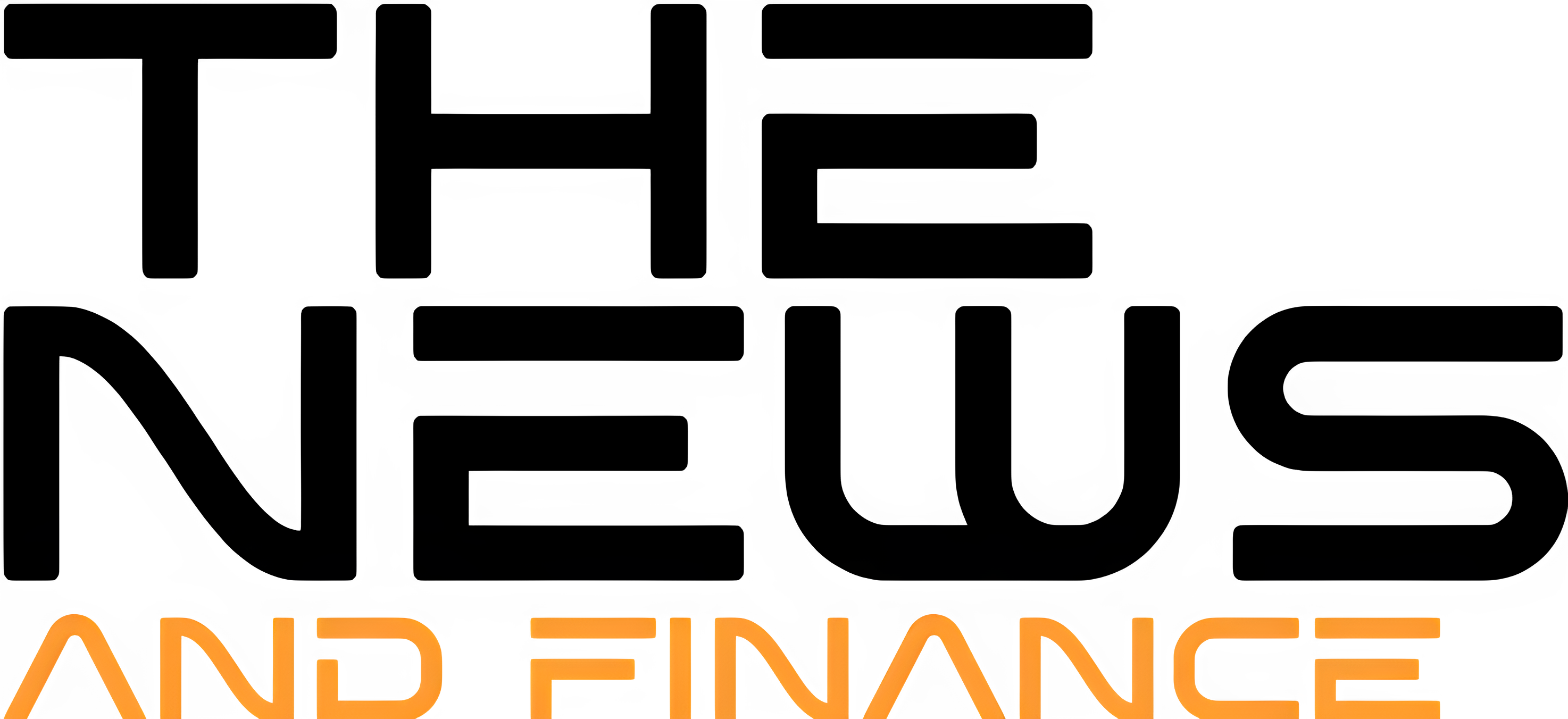Billy Rankin remembers a time not way back when somebody requested his 20-person information group at Irwin Lodge in Crested Butte what number of buddies they’d had die in avalanches.
Practically everybody raised a hand for one good friend, most stored it raised for 2 and Rankin left his hand up because the quantity soared to 10. A part of that was odds: Rankin has been a ski information and avalanche course teacher for many years and lives in Crested Butte, which he mentioned “has a fairly excessive tolerance for threat.” However it additionally exhibits how crushing the implications of shaky decision-making within the backcountry may be, which is why Rankin encourages his college students to review each lively avalanche accident report revealed by the Colorado Avalanche Info Heart in a given winter, on the lookout for “the cranium and crossbones, the pink flags” which can be at all times a lot simpler to see on reflection than they’re within the mountains.
Rankin is likely one of the tons of of Colorado guides who’ve discovered to show avalanche schooling programs based mostly on a curriculum created by the Telluride-based American Institute for Avalanche Analysis and Training. AIARE curriculum is acknowledged by the American Avalanche Affiliation (A3) which maintains pointers for leisure avalanche schooling to make sure high quality, consistency and up-to-date content material.
Since 2014, AIARE instructors have taught avalanche schooling to 107,790 college students throughout the U.S. with the most important proportion in Colorado. An AIARE recreation stage 1 avalanche course focuses on understanding avalanche hazard terminology (the vocabulary avalanche facilities use to convey avalanche hazard) and methods to determine avalanche terrain, mentioned Liz Riggs Meder, AIARE’s schooling director. “Finally, we would like college students to place the 2 collectively to decide on terrain acceptable for the avalanche hazard that lowers their threat of involvement with an avalanche.”
“We predict it’s extra memorable and makes for higher instructing while you focus concretely on what course individuals will truly do after a course,” she added. However what AIARE has by no means been capable of gauge is simply how efficient their instructing strategies have been. Or as Riggs Meder mentioned, how their college students are utilizing AIARE schooling earlier than, throughout and after they head into the backcountry.
“Mainly, the business didn’t but have an analysis of avalanche schooling, and but we held a perception that in case you educate somebody one thing they may change their behaviors,” she mentioned. However that’s not the way it works in a proper schooling setting, the place, for instance, elementary college lecturers use assessments and assessments to grasp their instructing efficacy.
That adjustments now, by way of a first-of-its-kind research with Jap Oregon College that tracked 1,700 college students who’ve taken programs over the past three winters, on the lookout for indicators of affect AIARE schooling had on their behaviors earlier than and after programs.
A research sparked by epiphany
Kelly McNeil, a professor, backcountry skier and lead researcher on the research, mentioned she was on the lookout for a venture in her subject of public well being and programming when she heard Riggs Meder talk about avalanche-education analysis. McNeil thought, “avalanche schooling is public well being. It’s making an attempt to get folks to make higher choices and alter habits to guard themselves.” So she and Riggs Meder developed a survey they despatched to AIARE college students six weeks, one yr and two years after they’d taken one of many group’s stage one avalanche schooling programs.
These programs give attention to the weather of protected backcountry journey, together with ensuring a rescue beacon works earlier than leaving a trailhead; methods to determine unstable circumstances whereas snowboarding; checking the climate and the Colorado Avalanche Info Heart’s day by day forecast earlier than heading into the backcountry; and at all times touring with a shovel and probe in case a accomplice will get caught in a slide.
McNeil mentioned whereas analysis on avalanche schooling has been finished — taking a look at adjustments in data, threat notion, confidence and beliefs — “that is distinctive as a result of it’s particularly taking a look at adjustments in habits after somebody is given data. We speak about this lots in public well being. You need to know smoking is unhealthy earlier than you stop, however simply because you recognize it’s unhealthy doesn’t imply you’re going to stop. In public well being we have now plenty of evidence-based methods round this. And I needed to know, can we begin incorporating these within the avalanche business?”
Seems the coaching sticks
Survey outcomes confirmed recipients have been working towards the behaviors they have been taught of their AIARE programs a full two years after they’d discovered them.
Rankin mentioned that’s indicative of the standard of instruction AIARE affords. Full disclosure: He teaches one AIARE course every year and was skilled in AIARE curriculum, however has labored for a number of backcountry skiing-related companies and is proprietor of Instinct Consulting, which affords customized avalanche programs for teams and organizations.
“The research could be very a lot the pedagogy of AIARE, which is backed by the ideas of formal schooling. If I had to decide on which a part of the paper that spoke to me probably the most, it was the dialogue of how do we all know a course has been profitable? Properly, having enjoyable and having a course be satisfying is nice however are we creating habits change?”
Riggs Meder mentioned research outcomes present her, “we’re not knocking it out of the park. There’s nonetheless room for enchancment.”

“Individuals reported working towards avalanche rescue, though perhaps solely a few instances since their class. So there are methods we will attempt to impression that,” she mentioned. “Or, no person ‘debriefs’ on the finish of their day, however they do speak about how the day went, so there may very well be some directed studying in connecting folks to motion. And in locations like Seattle, the place we have now 10,000 to fifteen,000 folks going by way of programs however solely backcountry snowboarding 5 days a yr, we want instructional merchandise for these informal skiers.”
Subsequent up: AIARE will submit the paper to peer-reviewed journals. If all goes based on plan, they’ll share their findings. And Riggs Meder mentioned AIARE will use the data to assist avalanche professionals be good educators.
“I prepare my teacher employees who then prepare instructors who work for information companies who prepare college students,” she added. “That’s a number of steps for a message to get garbled and we all know that. That’s the place we’re continually working to enhance issues.”
“If I simply did this research and stored it inside AIARE, it wouldn’t assist the higher business,” McNeil added. “If we will present we’re engaged on this, and present issues we will measure — our hope is it encourages others to guage or collaborate, so everyone seems to be providing the identical schooling.”
☀️ OUR RECOMMENDATIONS









